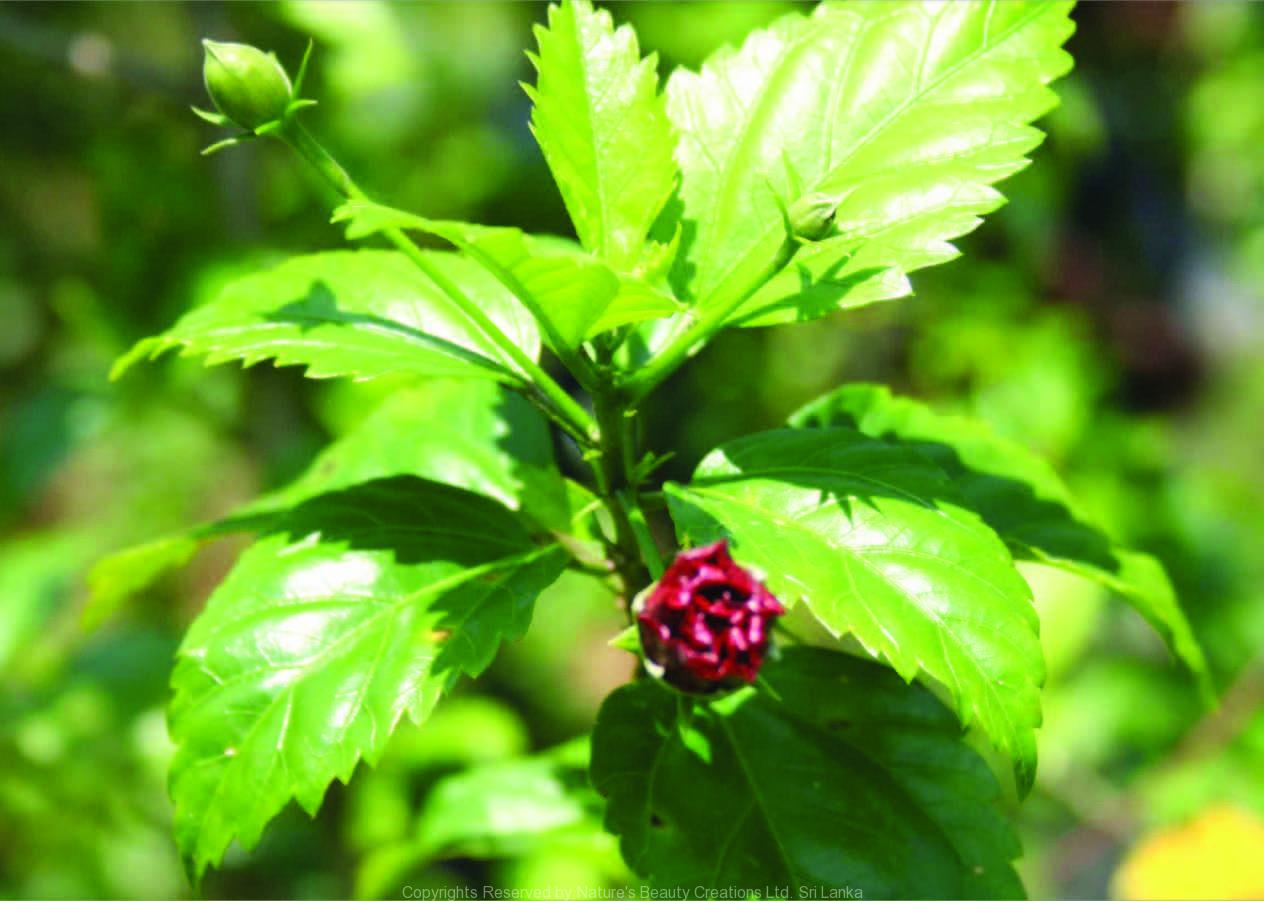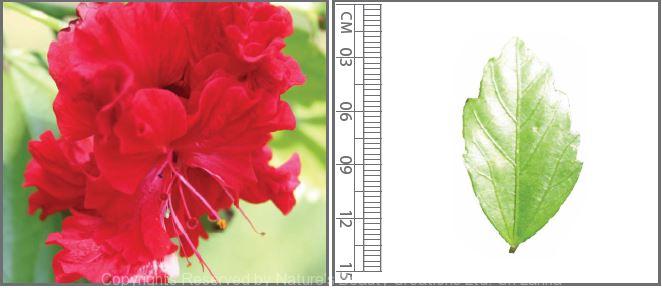

Traditional Knowledge
Useful plant parts :
Flower
Uses in traditional medicine :
- Flower buds are bruised and applied on swellings
- Salad prepared from flower petals is taken for cough and ulceration of the stomach
- Used to treat convalescing patients, wounds, diseases of the urinary tract, food poisoning and snake bites
- Acts as a nutrient, emollient and a demulcent
Scientific Research
Chemical constituents:
Flavonoid: quercetin, hydrocarbons: hentriacontane, gentisic acid, fatty acids: margaric, lauric, malvalic acids and carotene, niacin, riboflavin from plant; anthocyanidins from flowers
Bioactivity :
Methanol extract of leaves and flowers: anti-inflammatory, analgaesic, antibacterial; methanol extract of plant: antioxidative, antiproliferative, neuroprotective; petroleum ether extract of leaf: promotes hair growth; benzene extract of flowers: anti-implantation and abortifacient; anthocyanidins from flowers: antidepressent; dried flower powder: cardioprotective; ethanol extract of flower: wound healing, hypoglycaemic and hypolipidaemic
Clinical:
References : Adhirajan, N. et al., (2003), In vivo and in vitro evaluation of hair growth potential of Hibiscus rosa-sinensis Linn., Journal of Ethnophar- macology, 88(2-3), 235-239. Bhaskar, A. and Nithya, V., (2012), Evaluation of the wound-healing activity of Hibiscus rosa sinensis L (Malvaceae) in Wistar albino rats, Indian J Pharmacol, 44(6), 694-8. Gauthaman, K. K. et al., (2006), Cardioprotective effect of the Hibiscus rosa sinensis flowers in an oxidative stress model of myocardial ischemic reperfusion injury in rat, BMC Complement Altern Med, 6, 32. Nade, V. S. et al., (2010), Neuroprotective effect of Hibiscus rosa sinensis in an oxidative stress model of cerebral post-ischemic reperfu- sion injury in rats, Pharm Biol, 48(7), 822-7. Nair, R. et al., (2005), Antibacterial Activity of Some Selected Indian Medicinal Flora, Turkish Journal of Biology, 29, 41-47. Ruban, P. and Gajalakshmi, K., (2012), In vitro antibacterial activity of Hibiscus rosa-sinensis flower extract against human pathogens, Asian Pac J Trop Biomed, 2(5), 399-403. Sachdewa, A. and Khemani, L. D., (2003), Effect of Hibiscus rosa sinensis Linn. ethanol flower extract on blood glucose and lipid profile in streptozotocin induced diabetes in rats, J Ethnopharmacol, 89(1), 61-6. Sharma, S. and Sultana, S., (2004), Effect of Hibiscus rosa-sinensis Extract on Hyperproliferation and Oxidative Damage Caused by Benzoyl Peroxide and Ultraviolet Radiations in Mouse Skin, Basic & Clinical Pharmacology & Toxicology, 95, 220-225. Shewale, P. B. et al., (2012), Antidepressant-like activity of anthocyani- dins from Hibiscus rosa-sinensis flowers in tail suspension test and forced swim test, Indian J Pharmacol, 44(4), 454-7. Singh, M. P. et al., (1982), Anti-Fertility Activity of a Benzene Extract of Hibiscus rosa-sinensis Flowers on Female Albino Rats, Planta Med, 44(3), 171-174. Tomar, V. et al., (2010), Anti-noceceptive and anti -inflammatory activity of leaves of Hibiscus – rosa sinensis, International Journal of Research in Ayurveda & Pharmacy, 1(1), 201-205.
Copyrights Reserved By
Natures Beauty Creations




